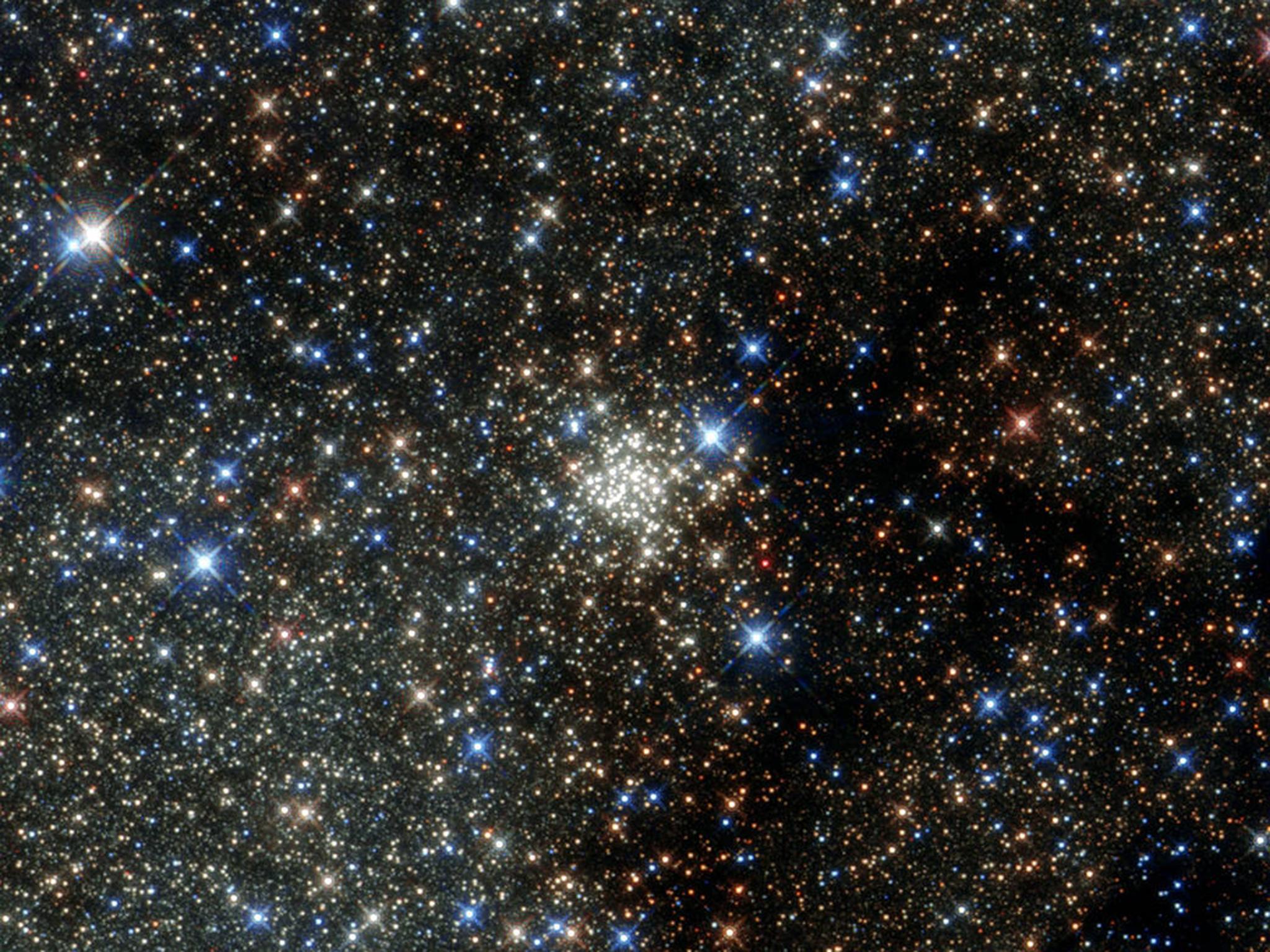Humanity has been looking for aliens in the wrong place, scientists say, and unexamined star clusters could have extra-terrestrial life
Many astronomers have presumed that planets in star clusters would have been thrown out into space — but they might actually have been perfect for supporting life, according to new research, because people could have travelled between planets much more easily

Your support helps us to tell the story
From reproductive rights to climate change to Big Tech, The Independent is on the ground when the story is developing. Whether it's investigating the financials of Elon Musk's pro-Trump PAC or producing our latest documentary, 'The A Word', which shines a light on the American women fighting for reproductive rights, we know how important it is to parse out the facts from the messaging.
At such a critical moment in US history, we need reporters on the ground. Your donation allows us to keep sending journalists to speak to both sides of the story.
The Independent is trusted by Americans across the entire political spectrum. And unlike many other quality news outlets, we choose not to lock Americans out of our reporting and analysis with paywalls. We believe quality journalism should be available to everyone, paid for by those who can afford it.
Your support makes all the difference.We might have been looking for aliens in the wrong place, and they could be hiding out in unexamined star clusters, scientists have said.
Old bunches of stars known as globular clusters could be hiding planets capable of supporting extra-terrestrial life, according to a new study.
Scientists have long thought that such areas of space are so tightly packed that they would have flung any planets out into space. But the fact that there are so many stars might actually have helped life flourish there, according to a new study reported in Nature.
Because there are lots of planetary systems close to each other, any civilisations would have been able to spread out relatively easy and could have gone on to live for billions of years, according to the study. That would likely mean that they had reached levels of complexity enough to communicate with us.
“If there is an advanced society in an environment like that, it could set up outposts relatively easily, because we’re dealing with distances that are so much shorter,” theoretical astrophysicist Rosanne Di Stefano told Nature News.
The Milky Way has about 150 globular clusters, which are made up of some of the oldest known stars. But they have gone mostly neglected, and scientists have only been able to find one planet there — which is not likely to harbour life — and attempts to find more have been unsuccessful.
But scientists should keep looking, according to Di Stefano. Astronomers might find more “exciting discoveries” if they keep looking, he said.
Any civilisation that would be found could have survived for much longer and so is much more likely to still be around, according to the scientists. Even if the civilisation was destroyed, it could have passed on information or people to another planet.
Join our commenting forum
Join thought-provoking conversations, follow other Independent readers and see their replies
Comments